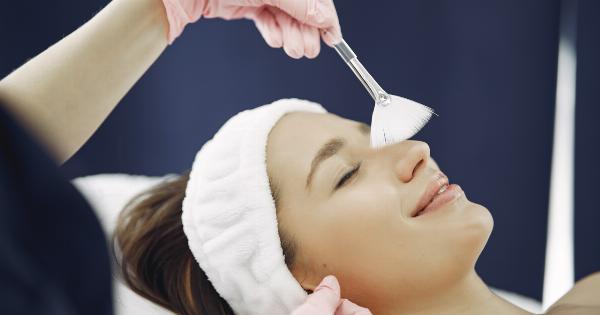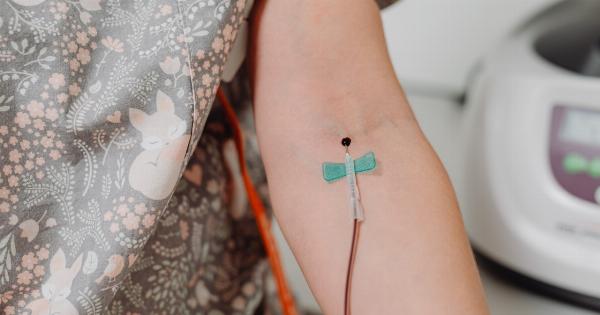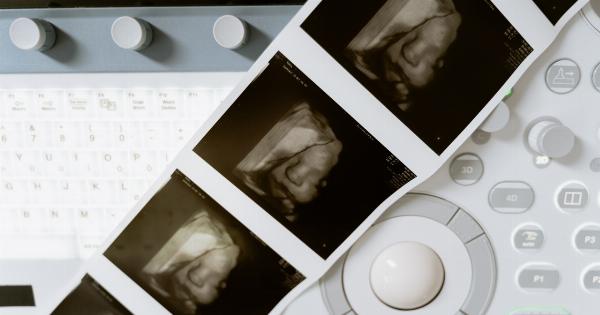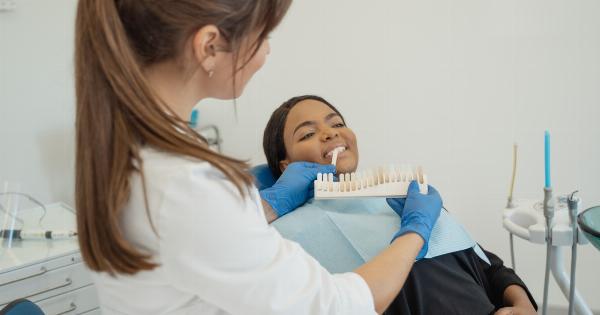Lymphedema is a chronic medical condition that occurs when there’s a blockage in your lymphatic system. This blockage causes lymphatic fluid to accumulate, resulting in swelling and discomfort in the arms, legs, or other parts of the body.
Lymphedema is a long-term condition with no cure, but there are treatments that can help reduce symptoms and improve the quality of life for those living with the condition. This article will explore the causes and treatments of lymphedema.
Causes of Lymphedema
There are two types of lymphedema: primary and secondary. Primary lymphedema is a rare condition that is usually caused by an inherited genetic mutation. Secondary lymphedema is much more common and can be caused by a variety of factors, including:.
- Cancer treatment: Lymphedema can occur as a side effect of cancer treatment, especially if surgery or radiation therapy involves lymph nodes.
- Infection: Certain infections, such as parasitic infections, can cause damage to the lymphatic system and result in lymphedema.
- Injury: Trauma to the lymphatic system, such as from surgery or an accident, can cause lymphedema.
- Obesity: Excess weight can put pressure on the lymphatic system, leading to lymphedema.
- Other medical conditions: Certain medical conditions, such as rheumatoid arthritis and congestive heart failure, can cause lymphedema as a secondary symptom.
Symptoms of Lymphedema
The most common symptom of lymphedema is swelling in the arms, legs, or other parts of the body. Other symptoms may include:.
- A feeling of fullness or heaviness in the affected limb or area
- Tightness or decreased flexibility in the affected limb or area
- Skin that feels tight or shiny
- Discomfort or pain in the affected limb or area
- Recurring infections in the affected limb or area
- Hardening or thickening of the skin in the affected limb or area (known as fibrosis)
Treatments for Lymphedema
Unfortunately, there is no cure for lymphedema, but there are several treatments that can help manage symptoms and prevent complications. Treatment options may include:.
- Compression therapy: This involves wearing compression garments, such as sleeves or stockings, to help reduce swelling and improve circulation.
- Manual lymphatic drainage: This is a type of massage that uses light pressure to stimulate the lymphatic system and promote drainage of lymph fluid.
- Exercise: Gentle exercises, such as walking or swimming, can help improve lymphatic flow and reduce swelling.
- Weight loss: For those who are overweight or obese, losing weight can help reduce pressure on the lymphatic system and improve lymphatic flow.
- Surgery: In some cases, surgery may be necessary to remove excess tissue or repair damaged lymphatic vessels.
Self-Care for Lymphedema
While there is no cure for lymphedema, there are things you can do at home to help manage symptoms and prevent complications. These include:.
- Keeping the affected limb elevated as much as possible to reduce swelling
- Avoiding tight clothing or jewelry that may restrict lymphatic flow
- Maintaining good skin hygiene to reduce the risk of infection
- Avoiding extreme temperatures or activities that may cause sweating, which can increase the risk of infection
- Gently massaging the affected limb to promote lymphatic flow
Conclusion
Lymphedema can be a challenging condition to live with, but there are treatments that can help manage symptoms and improve quality of life.
If you are experiencing swelling or other symptoms, talk to your doctor about the possible causes and treatment options. With the right care and management, you can live a full and active life with lymphedema.


























